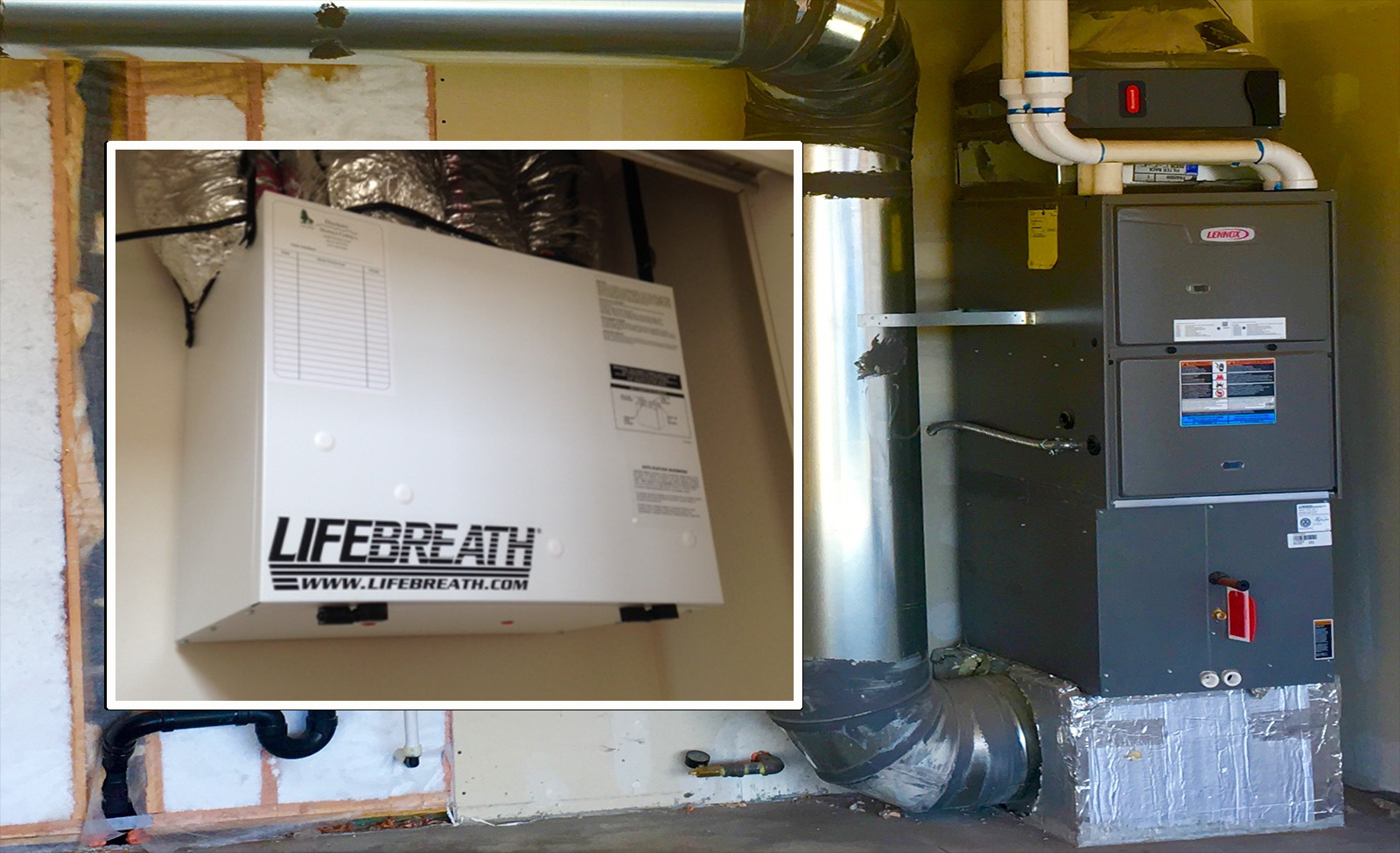7 Clues You Should Consider HRV in Your Home
Wiki Article
The All-Inclusive Guide to the Uses of Heat Recovery Ventilation in Modern Structures
Heat Recovery Ventilation (HRV) systems stand for a considerable development in developing innovation (HRV Heat Recovery Ventilation). They give a method for exchanging stale interior air with fresh exterior air while decreasing energy loss. This strategy not only enhances indoor air quality however likewise adds to energy effectiveness in both residential and industrial buildings. Comprehending the numerous applications and benefits of HRV can disclose its vital function in modern-day layout and sustainability initiatives. The effects of this innovation are worth discovering even moreRecognizing Heat Recovery Ventilation Equipments

Many modern-day buildings prioritize power effectiveness, understanding warm recuperation ventilation (HRV) systems is important for optimizing interior air quality and minimizing energy intake. HRV systems work by transferring warm from stale interior air to inbound fresh air, effectively preserving comfortable interior temperatures while decreasing power loss. These systems consist of a heat exchanger, fans, and ductwork that facilitate the flow of air. During winter, HRV units catch and reuse warm from the outgoing air, while in summertime, they can aid cool incoming air. By continually trading air, HRV systems also decrease humidity and the concentration of indoor pollutants. Correct installment and maintenance of HRV systems are necessary for their efficiency and efficiency in enhancing general building efficiency and convenience.
Advantages of Heat Recovery Ventilation
Heat recovery ventilation systems offer numerous benefits that improve both power efficiency and interior air quality in contemporary buildings. By catching and recycling energy from exhaust air, these systems significantly decrease heating & cooling expenses, causing lower power intake. They preserve a consistent flow of fresh exterior air, decreasing the danger of interior air contaminants and irritants. This constant exchange helps control moisture degrees, protecting against mold and mildew development and making certain a healthier living setting. Additionally, HRV systems add to sustainability objectives by lowering general carbon footprints. Their capacity to optimize air flow without giving up thermal comfort makes them a beneficial addition to modern structure style, advertising both financial and environmental benefits.Applications of HRV in Residential Structures
As home owners significantly prioritize power performance and interior air top quality, the applications of warm healing ventilation (HRV) systems in domestic structures have actually come to be a lot more widespread. HRV systems are especially helpful in tightly secured homes, where preserving fresh air flow is vital for stopping dampness buildup and interior contaminants. They properly move warm from outgoing stale air to incoming fresh air, lowering power expenses connected with heating and cooling. Furthermore, HRVs can boost convenience levels by managing moisture and temperature. They are likewise adaptable for various residential styles, consisting of single-family homes and multi-unit structures. Generally, integrating HRV systems supports lasting living practices site here while making sure see a much healthier indoor atmosphere for passengers.HRV in Industrial and Commercial Settings
In industrial and commercial setups, the implementation of warmth recovery air flow (HRV) systems has actually become increasingly essential for maximizing energy performance and preserving air quality. These systems properly move heat from exhaust air to incoming fresh air, minimizing the need for extra heating or cooling. This not just reduces power expenses however likewise contributes to sustainability initiatives. Industries such as manufacturing, warehousing, and office complex benefit significantly from HRV systems, as they aid manage temperature and humidity degrees, ensuring a comfortable and effective setting. In addition, HRV systems help in getting rid of impurities and excess wetness, enhancing interior air quality. As policies around air high quality end up being more stringent, the adoption of HRV modern technology is most likely to expand, making it a crucial element of modern business and commercial infrastructure.Future Patterns in Heat Recovery Ventilation Technology

Often Asked Inquiries
Exactly How Does Heat Recovery Ventilation Impact Indoor Air Quality?
Heat recovery ventilation substantially boosts indoor air high quality by constantly trading stale interior air with fresh outside air while recuperating energy. This process lowers pollutants, preserves perfect humidity levels, and guarantees a much healthier atmosphere for occupants.Can HRV Systems Be Set Up in Existing Structures?
HRV systems can undoubtedly be installed in existing structures. Retrofitting might require alterations to ductwork and air flow formats, however it considerably enhances energy effectiveness and indoor air quality, making it a feasible option for older structures.What Maintenance Is Required for HRV Solutions?

Exist Particular Climates Where HRV Is Much More Efficient?
Heat recovery ventilation systems are particularly effective in environments with substantial temperature distinctions in between periods. These systems maximize power efficiency by recovering heat from exhaust air, making them optimal for both chilly and reasonably warm environments.Just How Do HRV Systems Affect Power Costs?

Report this wiki page